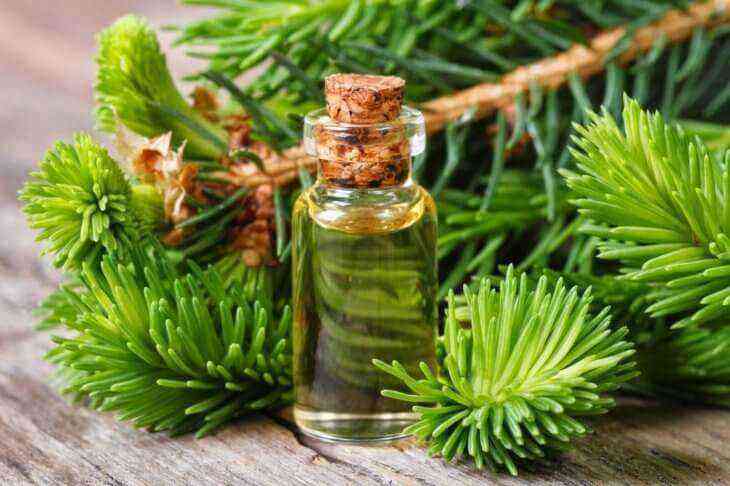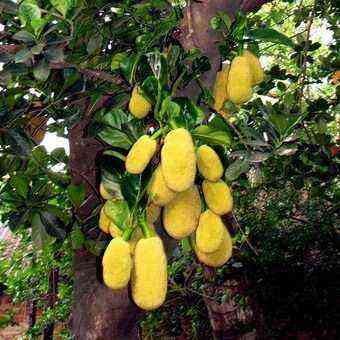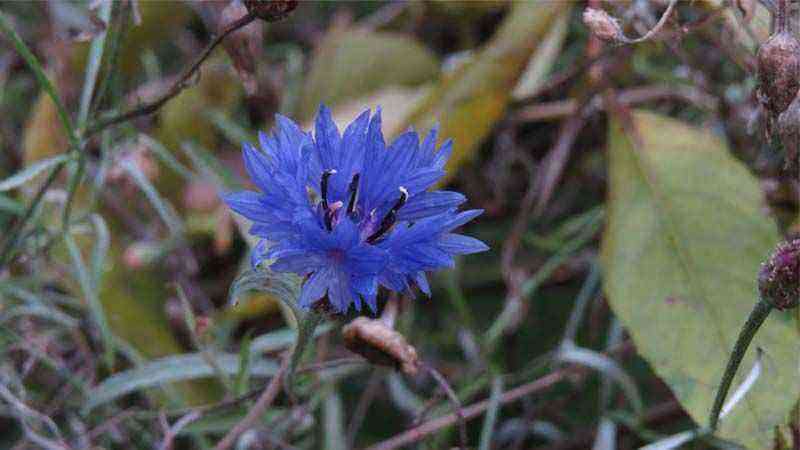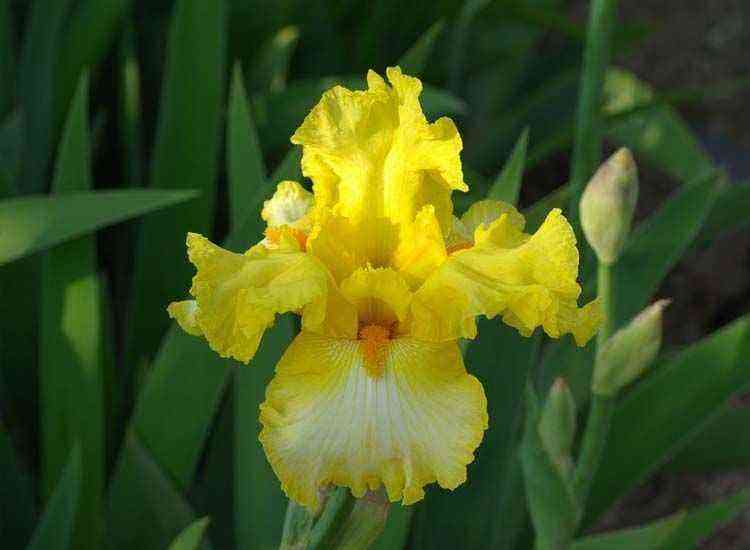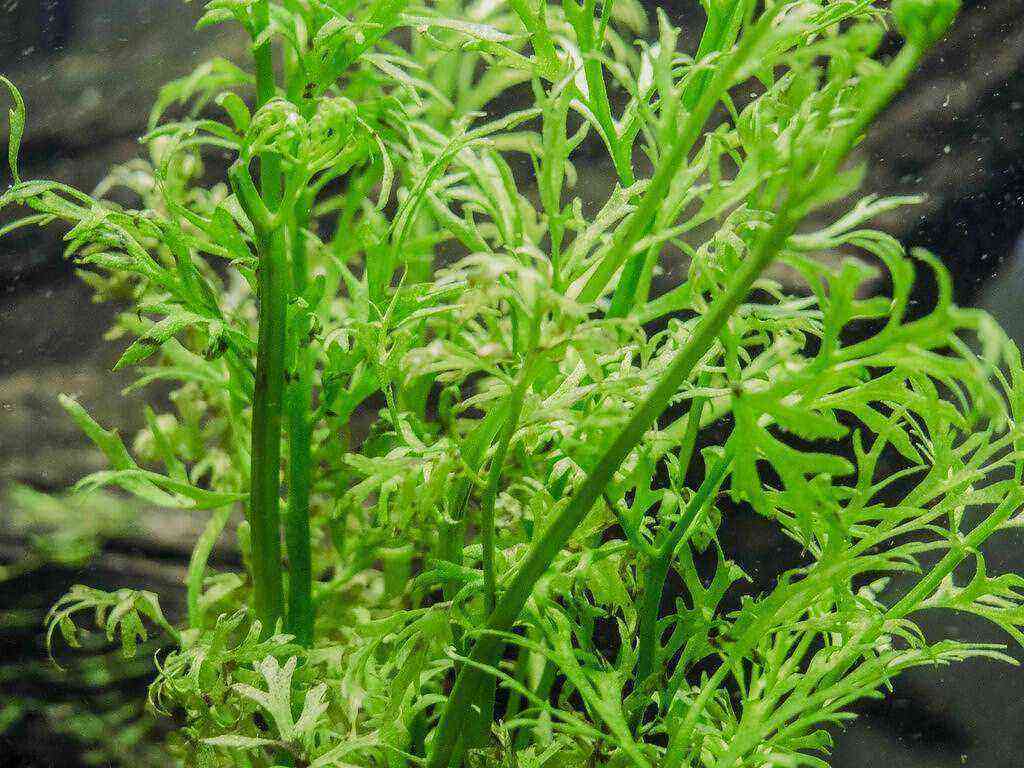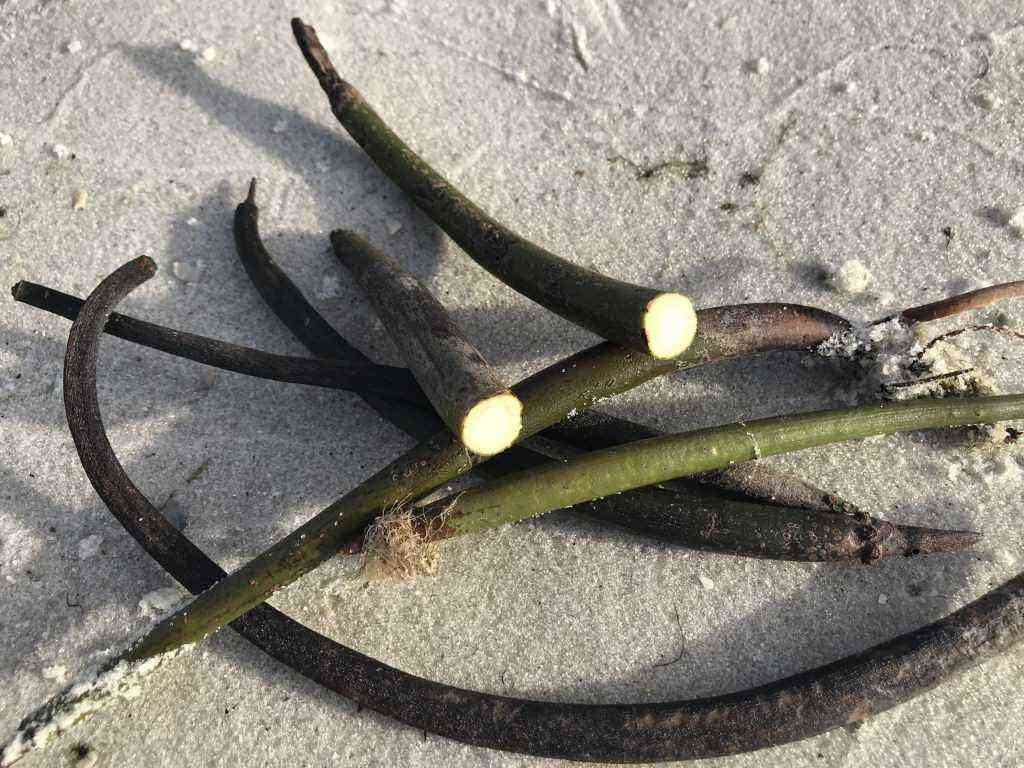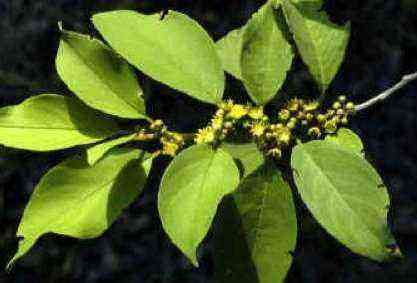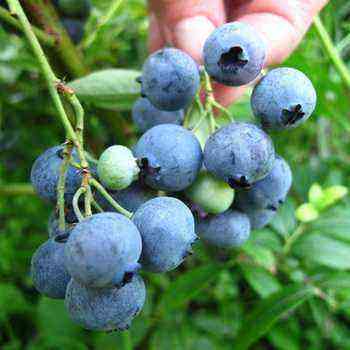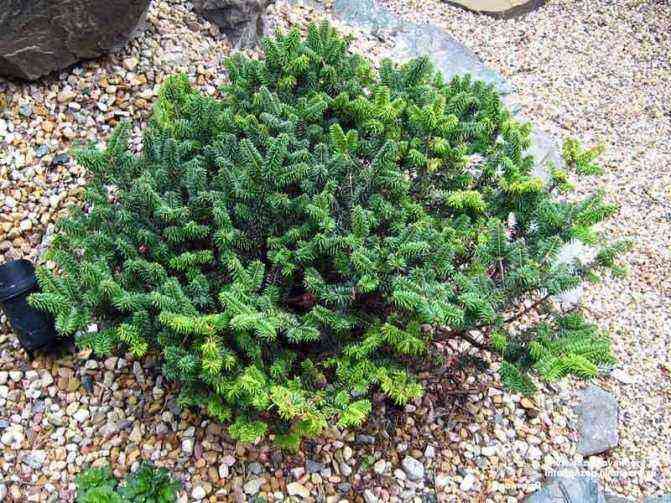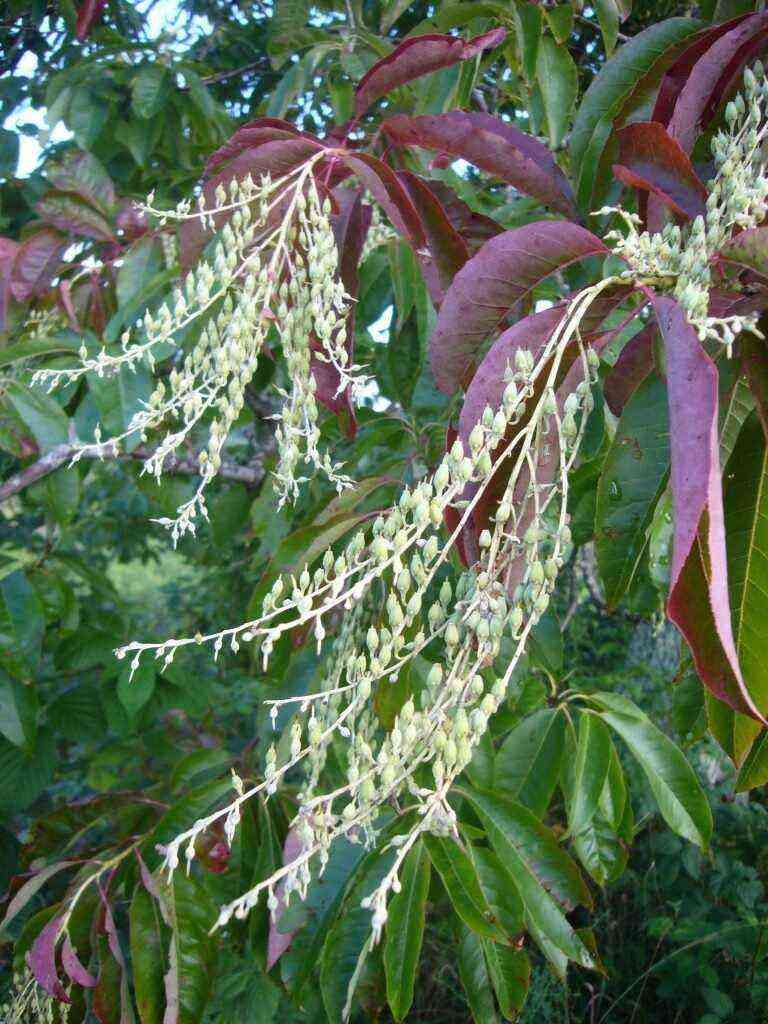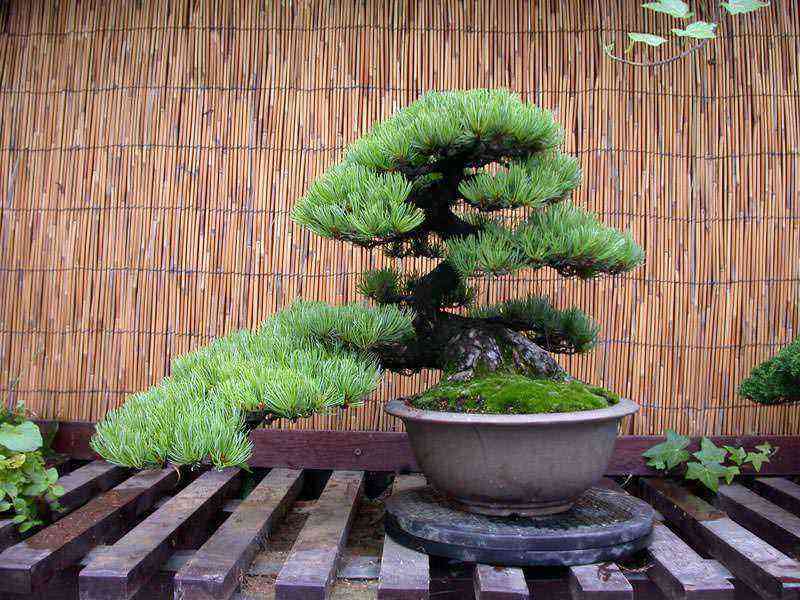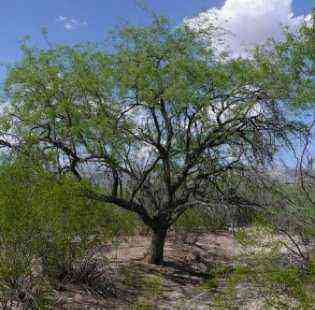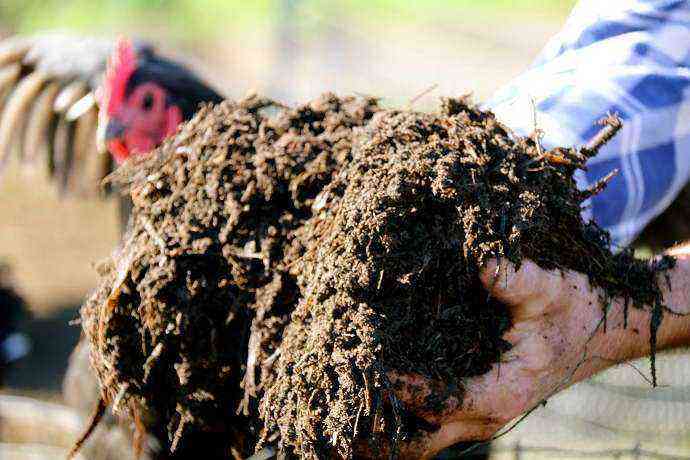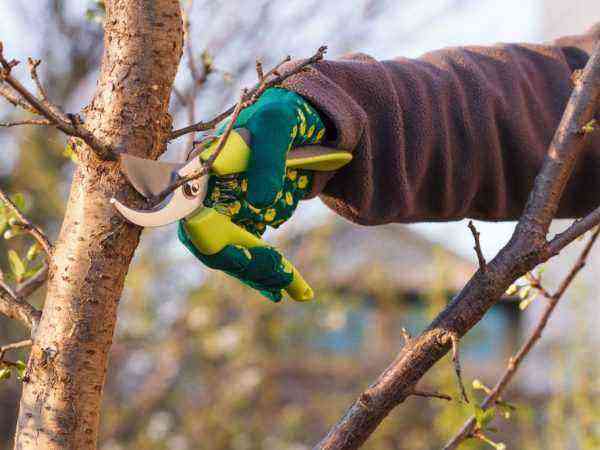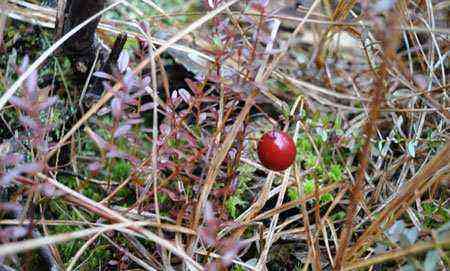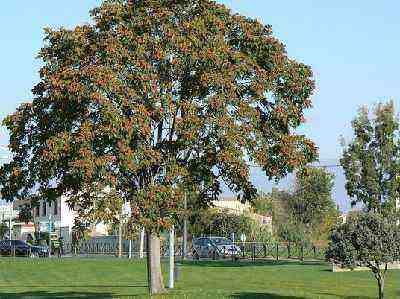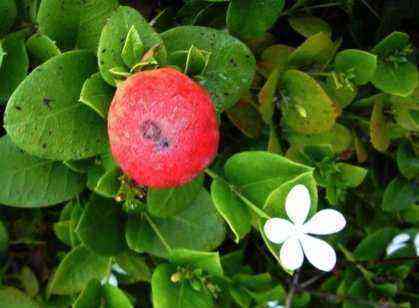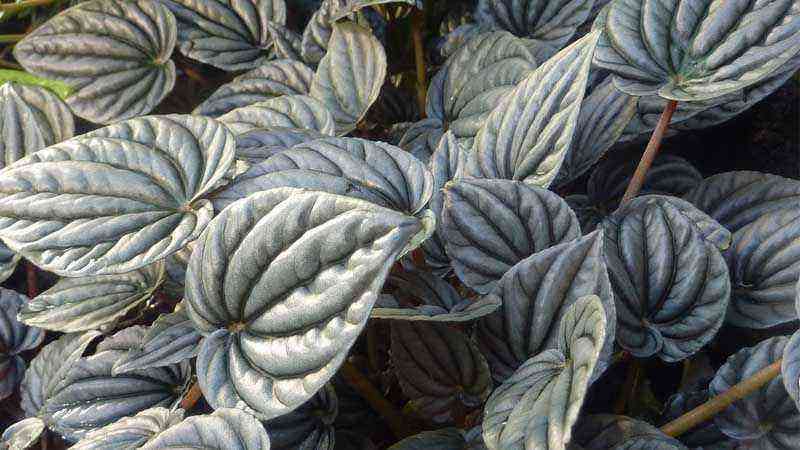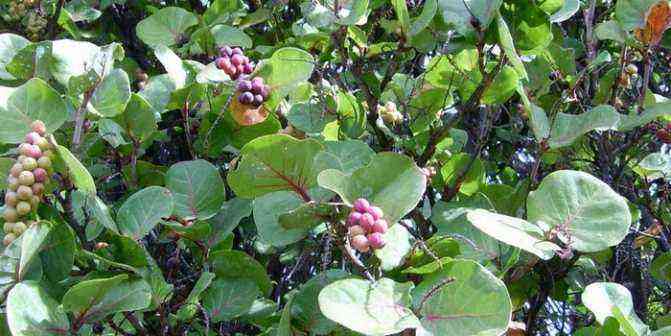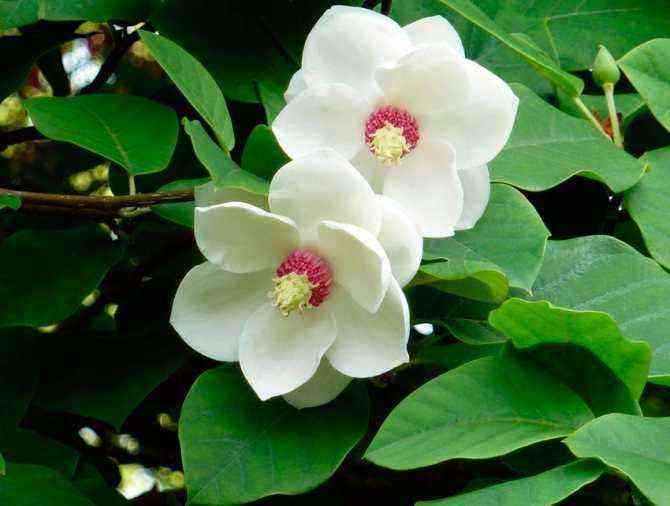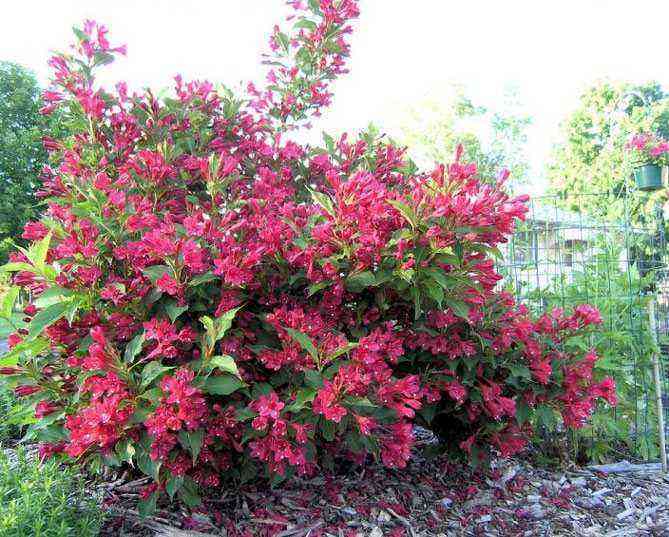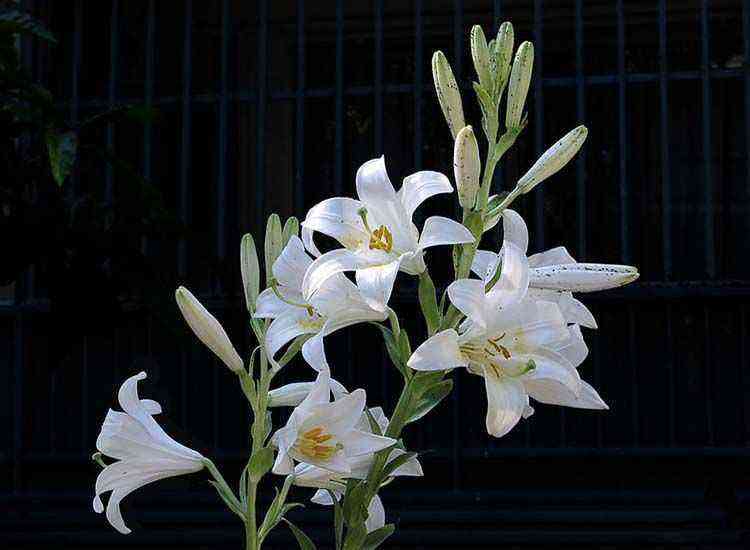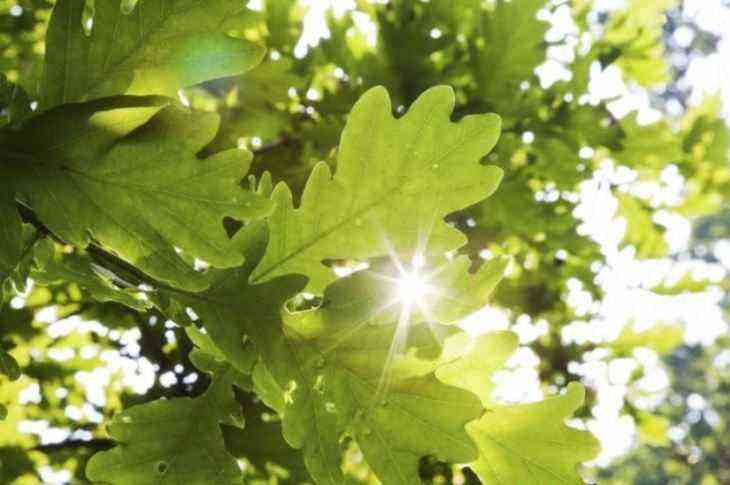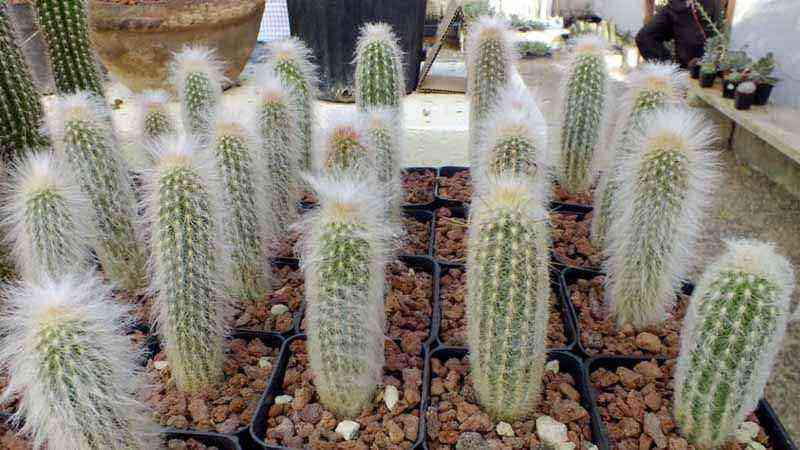The agave is a great plant recognized throughout the world, especially in the American continent. One of the most famous drinks in the world is extracted from it, although we will not advance its name yet.
As we usually do with other types of plants, we are going to tell you about the essentials of this plant, including some advice on its cultivation and curiosities that surround what is scientifically also known as Agave.
A little information about the agave
Desert, desert and pure desert.
We are used to seeing plants of the agave genus scattered throughout the thirsty, sandy desert in many movies. However, we have not been able to identify them or see that within them there is great potential for creating liquors or fibers for clothing and utensils.
The agave is an institution in countries of America, concentrated mainly in the desert areas and the southern United States and Mexico.
This plant began to branch into what is today classified as 300 kinds of species more than 12 million years ago. Yes, 12 million years.
Today, it is commonly known by many names, depending on the area in which we are: agave, pita, mezcal, cabuya, maguey, etc.
As a good plant adapted to the desert, has mechanisms for retention of moisture and thorns to reduce the attack of herbivores. Most of them are made up of fairly woody spines, although there are agave species that lack these defense mechanisms.
Like other plants similar in shape and species, such as the aloe veraThey usually produce small suckers that we can transplant and obtain new plants.
The agave is capable of produce between 1 and 2 suckers per year, so that the reproduction is assured. It is important that we let the children grow at least until they reach 15 centimeters in height. From here, we can separate them from the mother and plant them elsewhere.
How to grow agave
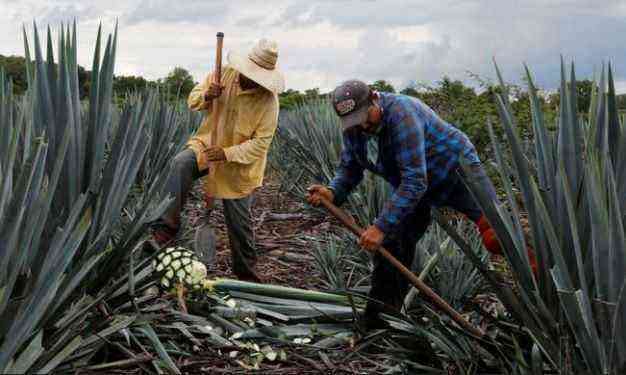
Cultivation of tequilana agave for tequila production
Climatological characteristics
The agave, as a plant, is used to hostile and difficult environments, typical of desert lands.
However, its greatest expression of growth is in semi-arid soils, with temperatures that do not drop below 20 ºC and with an adequate altitude, from 1200 meters.
Adequate sun exposure is important, at least half the year
Access to water, moisture and compost
Although they are used to desert climates, you have to add a small amount of water every 5 days in the hottest months and practically nothing or 1 watering every 2 weeks in winter, if it is very dry.
It is preferable short to deep risks, as its roots can rot easily.
If we are going to prepare the cultivation in pots, we can mix half substrate and half sand to get a suitable soil on which the agave sits. With the sand we will promote a rapid elimination of excess moisture.
When this remains on the plate, we must eliminate it to reduce waterlogging and rot the plant.
Although in terms of subscriber we can dispense with any external contribution, it is true that contributing some nitrogen, a little phosphorus and potassium in spring helps its growth and keeps the plant in good health.
When look for a fertilizante, we can look for a 2-1-3 NPK relationship. For example, an NPK 5-3-7 or approximate with some micronutrients. The doses will be reflected on the label.
Agave growth rate
The agave is a slow growing plant. So much so that, under normal conditions, it usually takes between 8 and 10 years to reach maturity. However, this growth and development can be accelerated if the plant has greater access to water and nutrients, conditions that we can afford if we take care of it in our garden.
As a curiosity, tell you that the agave emits a single bloom during its life, to later die after developing its fruit. However, do not worry as it emits basal stems from which new plants will form.
Agave pruning
For agronomic purposes could not, since the plant is able to regulate its production of stems and dries the basal ones, which later detach easily.
However, if you want to use a leaf (for therapeutic purposes or something else), it is cut an inch away from the base (to reduce the spread of possible diseases) and it will slowly dry on its own.
Propagation and multiplication
As we have commented previously, the way that agave multiplies is produce suckers or suckers, that we can easily take advantage of to create new plants.
The production volume is 1 or 2 per season, which we will allow to grow a little. Then, taking care not to damage their roots, we separate them and we can plant again wherever we want. Included in pots.
Types and kinds of agave
The list of species of the genus Agave it is vast. So much that we could be describing one by one for an eternity. Of course, as is typical in the areas of Mexico and the southern United States, each of them is attributed a common name, related to the area where it grows or its properties.
agave tight
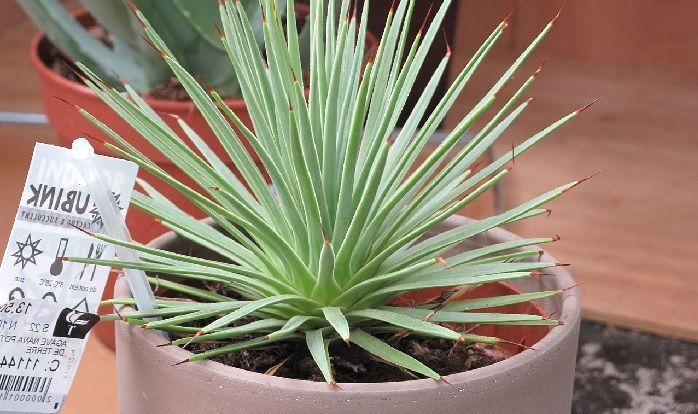
Agave stricta var nana
It is a rather peculiar species full of curiosities, and that due to its shape is not associated at first sight with this family of plants.
It is commonly known as the lion’s tail (we do not know why), and it is native to an area of Mexico known as Oaxaca.
At maturity it is not exaggeratedly large, compared to other species of the genus Agave, as it reaches a maximum height of 50 centimeters. It grows spontaneously on rocks or in hostile environments.
It can also be grown in pots, but don’t be fooled by its friendly size in its early beginnings, as it will then grow and grow and we will have to find a place to transplant it.
Agave Victoriae reginae
This type of species within the genus has a striking shape that makes it special to have at home, especially if we live in warm areas with mild winters. Its size and its small rounded shape make it suitable for growing especially in containers or pots.
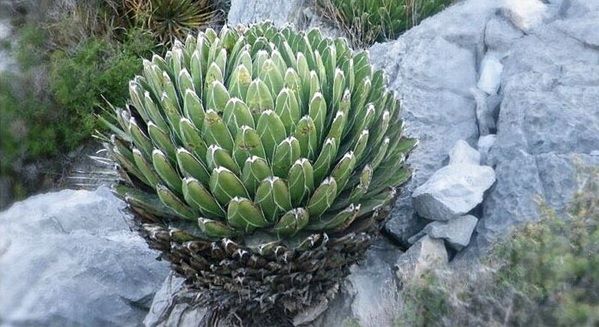
Agave Victoriae reginae growing spontaneously on rocks.
Its peculiar name is due to Queen Victoria of England. Its production of leaves, not very elongated but very tight, has made it grow as an ornamental plant, especially for growing in pots.
Such is its use that in the primitive places where it has grown, Agave Victoriae reginae is in danger of extinction, which come to pay quite high prices for a small plant.
American agave
A very common and well-known species is American agave. Its leaves are much more elongated than the previous species, so its cultivation is more standardized for outdoor spaces, such as rock gardens.
This species is the most characteristic within the genus, and therefore the most widespread. It usually grows quickly and reaches maturity in a short time.
Within this species, we also find subspecies, such as American agave var. marginata, highlighted by the characteristic yellow edges.
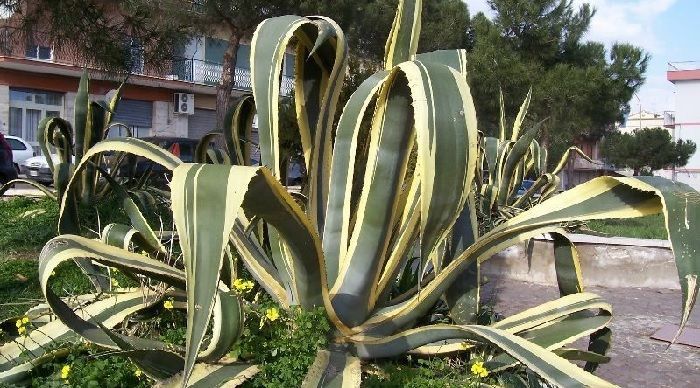
Agave americana marginata, decorating a urgano garden
Agave salmiana of Maguey
This type of agave, very similar in size to American agaveIt is also widely developed in various areas of Mexico.
It is known as Maguey because in the Caribbean language, its meaning is similar to that of aloe or aloe, a plant with which it shares many physical characteristics.
From the Maguey we can find 136 related species, only in Mexico, and many other subspecies.
Fibers are also extracted from this plant (clothing, ropes, insulation, etc.) and its juice is known to the community because an alcoholic beverage known as pulque.
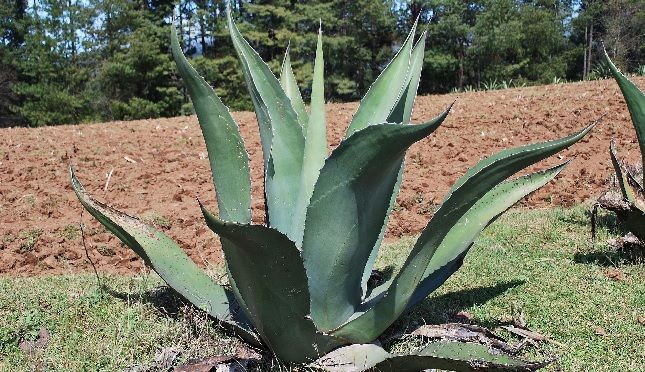
Agave salmiana growing in the Valley of the Stones, Mexico.
The Agave salmiana or maguey can also be grown in pots, but we will have to transplant them little by little due to the size it acquires.
What drink is produced with agave?
One of the most famous is Tequilana agave o Blue agave. Although many other species of this genus are used to produce sugars and fibers, it is blue that is used as a raw material for make the fabulous tequila.
El blue agave it predominates in the areas of Jalisco and San Luis Potosí, where there is an important tequila production network.
And as we have said before, reaching that state usually takes a not short period of 8 years.
However, it also has other uses apart from the well-known liquor, and it is for the manufacture of fibers and fabrics.
Starting at leaf fibers and by means of a traditional extraction, ropes, bags, carpets, ropes (for the naval sector) and all kinds of related products can be manufactured. As is also the case with tequila, this sector is booming due to the quality of the final product.
These fibers can also be used as an excellent insulator to place on the walls of buildings. Likewise, the rest of the plant not usable for these fibers (we would speak of almost 95% of the plant), can be used to obtain energy resources (biogas), alcohols and other by-products.
In many sectors, these fibers replace synthetic fibers, due to the fact that their manufacturing process generates less carbon footprint and is 100% ecological.
The blue agave o tequilana agave It is typical of the western part of Mexico, especially Jalisco, where today hundreds and hundreds of hectares are being planted to satisfy the demand for tequila.
Be careful with the production of tequila … it could be scarce
In recent weeks it has been possible to see in numerous national newspapers how they dedicated a space to talk about agave and the problem of producing tequila.
Jalisco It is the area where more Agave tequilana is produced in the world, and whose exploitations have been increasing over time. This is because the demand for tequila has increased dramatically in recent years, especially from the US.
The tequila was extracted from the juices of the blue agave, and the highest quality beverages are obtained from plants in a maximum state of maturity.
As demand continues to grow, younger plants are being used more and more, so the results obtained in the quality of the final tequila are not the same.
Agave honey, great potential as a substitute for sugar
However, not only Tequilana agave o Blue agave man lives, since textile fibers and sugars are also produced from this famous plant.
Among them, a well-known manufacture and to which great properties are attributed is the agave honey.
The sap of this plant usually stores large amounts of fructose (and among them, fructans) along with other compounds with beneficial properties.
Both agave syrup like agave honey and other derivatives, they are great substitutes for sugar and have better nutritional possibilities. Without comparing common sugar (high amount in glucose), the sap of this plant is practically 90% fructose and with a low glycemic value.
Therefore, it is very interesting as a sweetener designed for diabetics.
Agave pests and diseases
Due to the fact that it is a spontaneous growth plant, accustomed to hostile environments such as deserts and arid areas, with hardly any water resources, it will not cause pests and diseases to come to obtain from this plant a means of survival.
Indeed, the agave shares pests and diseases related to the Aloe vera. As this plant is much more westernized, we already know very well what pests (such as cohinilla, for example), can affect the agave.
Let’s see some of them
Cottony mealybug
It usually appears when the plant is weakened, either by excess water, cold or lack of light. They are clearly identifiable on the plant by their whitish and cottony appearance. Elimination is not easy as it is a fairly resistant pest.
Using alcohol (2 cc / L) or hydrogen peroxide (2 cc / L) together with soap (2 cc / L) and applied directly to the cochineal gets rid of it and does not harm the plant, pets or children. Likewise, we must also worry about cleaning the plant with a cloth to remove remains of dead mealybugs.
Read more: how to use potassium soap against pests
Aphids
The aphids They are the pest par excellence of any crop, whether in open air or protected. They are usually located in the bundle (upper face) of the agave leaves and in the interior area, attached to the central stem. They are usually greyish in appearance and accumulate in large numbers, weakening the plant.
You will notice it right away because the leaves no longer point upwards, they fall downwards.
The same previous treatment also works, because it dries out the insect and causes its death.
Mites
They are tiny microscopic spiders that cause chlorotic spots on agave. You will notice (if you have not seen the spider web forming yet), how the plant loses its natural color, decays and turns yellow. It is usually common in very dry environments, as mites hate humidity.
Therefore, a treatment like the previous one, with peroxide (2 cc / L) and trying in the next 5 minutes (so that its properties are not lost) will be able to move away or reduce the spider population. We will carry out treatments every 3-5 days until finally ending the plague.

